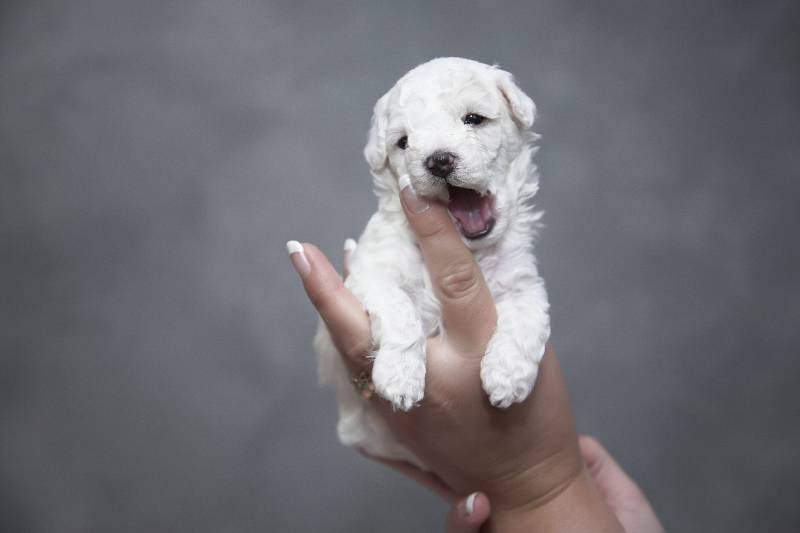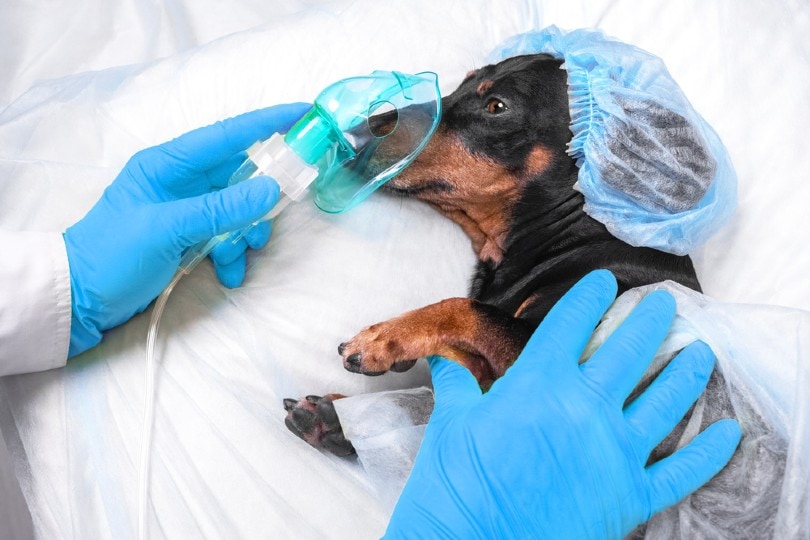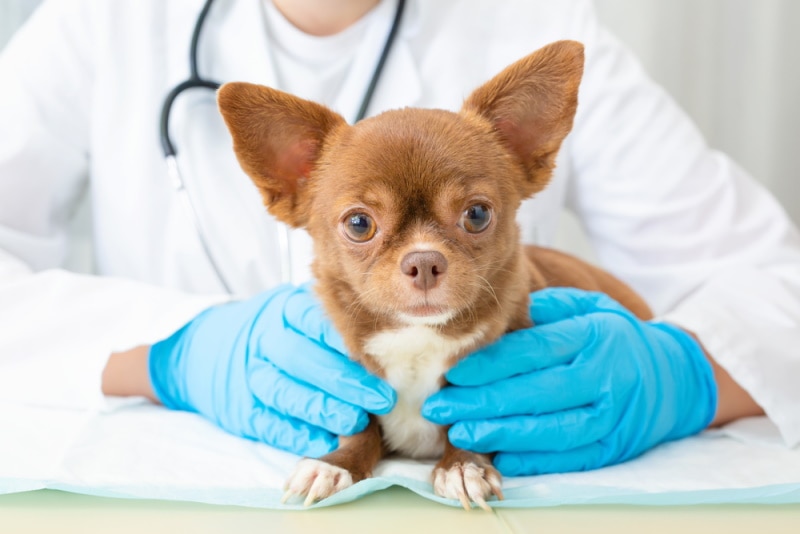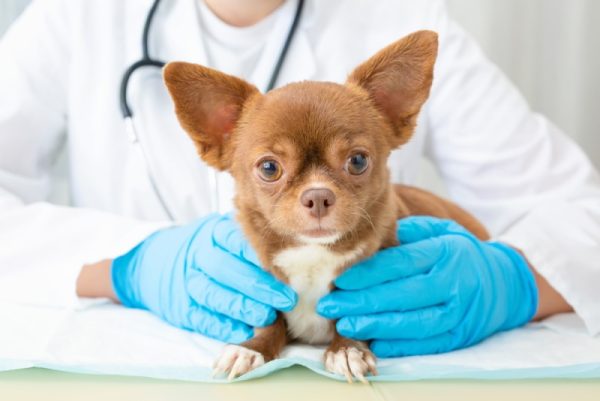Pectus excavatum and pectus carinatum are the most common chest bone deformities in dogs. Even though they are the most common, both conditions are still considered rare. Some dogs will have issues with these conditions, while others will be able to live normal lives. Read on to learn more about these deformities below.
What is Pectus Excavatum and Pectus Carinatum?
The Pectus excavatum is when the sternum (breast bone) and ribs grow inwards. Pectus carinatum, otherwise known as pigeon’s chest or bird’s chest, is when the sternum and ribs grow and protrude outwards.
What Are the Signs of a Chest Bone Deformity in Your Dog?

From birth, you will know your dog has either pectus excavatum or pectus carinatum. These are both considered congenital disorders—”a medical condition that is present at or before birth”—also known as a birth defect.
You will notice that your dog’s chest either has an obvious indent, or protrusion inwards, with pectus excavatum. On the other hand, if your dog has pectus carinatum, your dogs chest may appear puffed out and rounded. These deformities are visible at birth and may worsen as the dog starts to grow and mature.
Depending on the severity of the deviation, some dogs will show no abnormal signs. They will breath, eat, drink, and run around like normal. Other times, the normal space allowed for the heart and lungs in the chest cavity will be compromised, which may cause your dog to have difficulty breathing. It could seem as if your pup can’t catch their breath, is coughing, has pain, or may even collapse. Please remember that these are not conditions that develop with age, nutrition, drugs, or other factors.
These are deformities present at birth. If your dog starts to have visible abnormalities in their chest shape at an older age, there is something else going on and you should seek veterinary care immediately.
What are the Causes of Dog Chest Bone Deformities?
Both pectus excavatum and pectus carinatum are congenital, which means puppies are born with the condition. There is some evidence that the traits may be inherited. An inherited trait means that a trait or condition of one or both parents is passed on to the offspring. However, there are also cases of puppies born with either deformity to families with no other history of either condition. In other words, scientists and researchers are unsure if there is a genetic link at this time.
If your puppy has either pectus excavatum or pectus carinatum, it’s recommended that you get them spayed or neutered and do not breed them. Because both conditions are rare, but sometimes inherited, there is no way to predict whether offspring will be affected or not. The responsible thing to do is to not chance passing down either deformity to future puppies.
How Do I Care for a Dog with Pectus Excavatum or Pectus Carinatum?

The care your dog will require depends on the severity of the condition. Unfortunately, some dogs will not survive if they are severely affected, as their lungs and heart won’t be able to function properly, and they therefore cannot sustain life. Other dogs may be surgical candidates to have the condition fixed, though routine surgery is not typical. This will need to be performed by a board-certified veterinary surgeon.
If your dog is born with either condition, it is best to keep them as quiet as possible and not allow them to wrestle, run, and play without supervision. Your dog may have exercise intolerance, or become winded easily after exercise. Others may be more sensitive to touch or handling.
Frequently Asked Questions (FAQs)
Can my dog be bred if it has a chest bone deformity?
It is recommended that you do not breed a dog affected with either chest bone deformity. Because scientists have not been able to find a genetic link, there is no guarantee that the puppies of such breeding won’t be born with severe abnormalities.
Where can my dog have surgery if it has a chest bone deformity?
Surgery should only be performed by a board-certified veterinary surgeon. Speak with your veterinarian about the closest specialty center to you. You may need to travel to a veterinary university, as this would be a very specialized procedure.

Conclusion
Pectus Excavatum and Pectus Carinatum are the most common chest bone deformities in dogs. Even though they are the most common, both are still considered very rare. Both conditions are present at birth, and you will notice an obvious deformity of your puppy’s chest. The severity of the deformity will determine if there is any treatment available. Though some dogs may be surgical candidates, finding a surgeon that can perform the procedure may be difficult. Unfortunately, some puppies may not survive due to their birth defect.
Featured Image Credit: OLESYA BOLTENKOVA, Shutterstock
Contents
- What is Pectus Excavatum and Pectus Carinatum?
- What Are the Signs of a Chest Bone Deformity in Your Dog?
- What are the Causes of Dog Chest Bone Deformities?
- How Do I Care for a Dog with Pectus Excavatum or Pectus Carinatum?
- Frequently Asked Questions (FAQs)
- Can my dog be bred if it has a chest bone deformity?
- Where can my dog have surgery if it has a chest bone deformity?
- Conclusion












